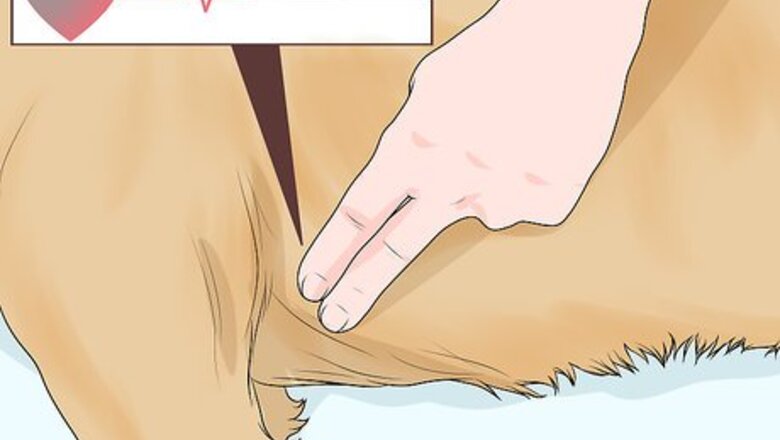
views
Checking for Signs That Your Dog Has Died
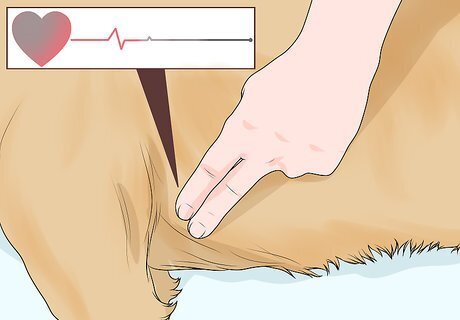
Determine whether your dog’s heart is beating. When a dog passes away, its heart will stop beating. To check for a pulse, place two fingers either on your dog’s chest where its heart is located (near the elbow joint), or high up on your dog’s inner thigh where a major artery is located. If there is no pulse, then your dog has passed away. If your vet euthanizes your dog, they will check for a pulse after administering an overdose of a drug that gradually slows the heart until it stops.
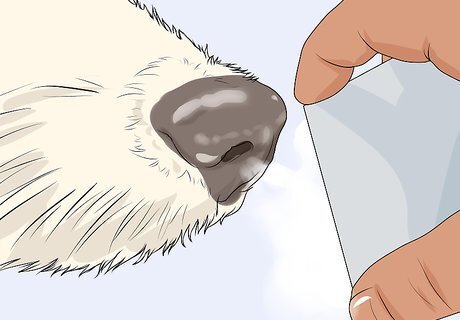
Check for breathing. Breathing may continue even after a dog’s heart has stopped. To check for breathing, hold a small mirror near your dog’s nostrils. If your dog is still breathing, a small amount of condensation will form on the mirror. You can also hold a tissue in front of the nose or mouth and see if it moves. After at least several seconds, if you do not see condensation on the mirror or the piece of tissue doesn’t move, that means your dog is not breathing. If you know its heart has also stopped beating, you will know at this point that your dog has passed away. As your dog is taking its last breath, it may stretch its head back and stretch out its legs.
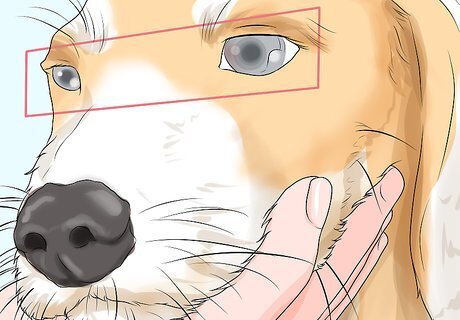
Look at your dog’s eyes. When your dog has passed away, its eyes will be open. The eyes will have a vacant look, as if your dog is staring into space. The pupils will be dilated (large and black) and your dog will not blink when you tap the corner of its eye.

Watch for muscle twitches. Your dog’s body has electrical activity that helps coordinate muscle movement. Even after your dog’s breathing and heartbeat have stopped, its leg muscles may twitch for a little while. This does not mean your dog is alive. Instead, it means there is still some electrical activity in the muscles. Eventually, all the electrical activity will run out and your dog’s muscles will stop twitching.
Coping with Your Dog’s Death
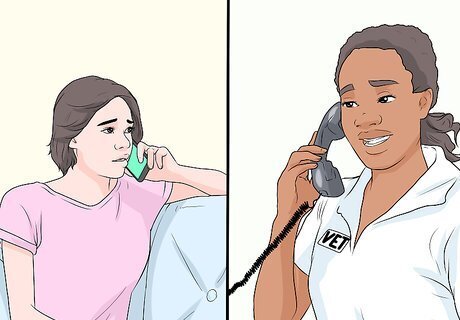
Contact your vet. If your dog has died at home, call your vet for guidance on what to do next. You will probably be very emotional after knowing your dog has passed away, and it will be hard to think clearly. Your vet can help you organize your thoughts and emotions enough to decide what to do next. If your vet has euthanized your dog, they can talk to you at the vet’s office about making final arrangements for your dog’s body.
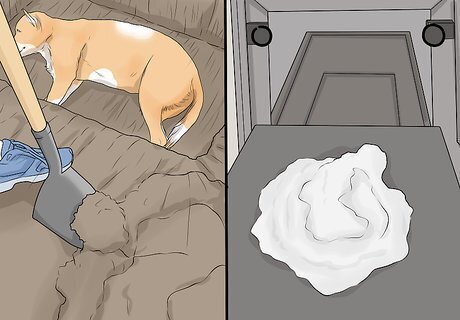
Decide what you want to do with your dog’s body. Whether your dog has died at home or was euthanized at your vet’s office, you can decide to bury your dog or have your pet cremated. Professional services are available for both options. If you’d like, ask your vet for recommendations on pet burial and cremation services. Be aware that home pet burials may not be allowed in your city because of public health concerns. Check your city’s laws on home pet burials before deciding on this option. If home burial is not an option, you can bury your dog at a pet cemetery. Cremation is a way to keep your dog’s remains without creating a public health risk by burying your dog in your yard. If you do not want cremation or burial services, you could also have a professional animal removal service remove your dog’s body from your home.
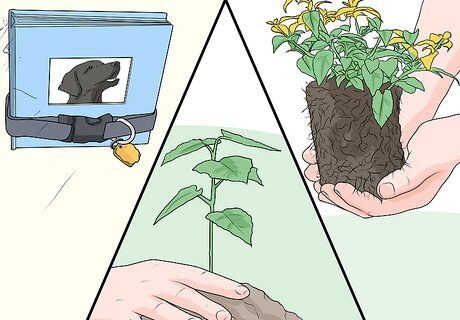
Find ways to remember your dog. It is perfectly normal to grieve the loss of a pet. Through your grief, though, you can think about your dog in a way that makes you smile and feel better. You can remember your dog in several ways: Remember the good times you had with your dog (play time, leisurely walks, quiet quality time). Create a memorial of your dog. Examples of memorials include scrapbooks, planting a tree, or planting some flowers. Make a donation in memory of your dog. Ask your vet or visit https://www.avmf.org/ for more information about making a donation.

Contact a pet loss hotline. If your grief becomes too much for you to handle on your own, contact a pet loss hotline. Veterinary schools and various professional organizations sponsor pet loss hotlines to help pet owners cope with the death of their pet. Your veterinarian can provide you with pet loss hotlines in your area that you can contact.


















Comments
0 comment